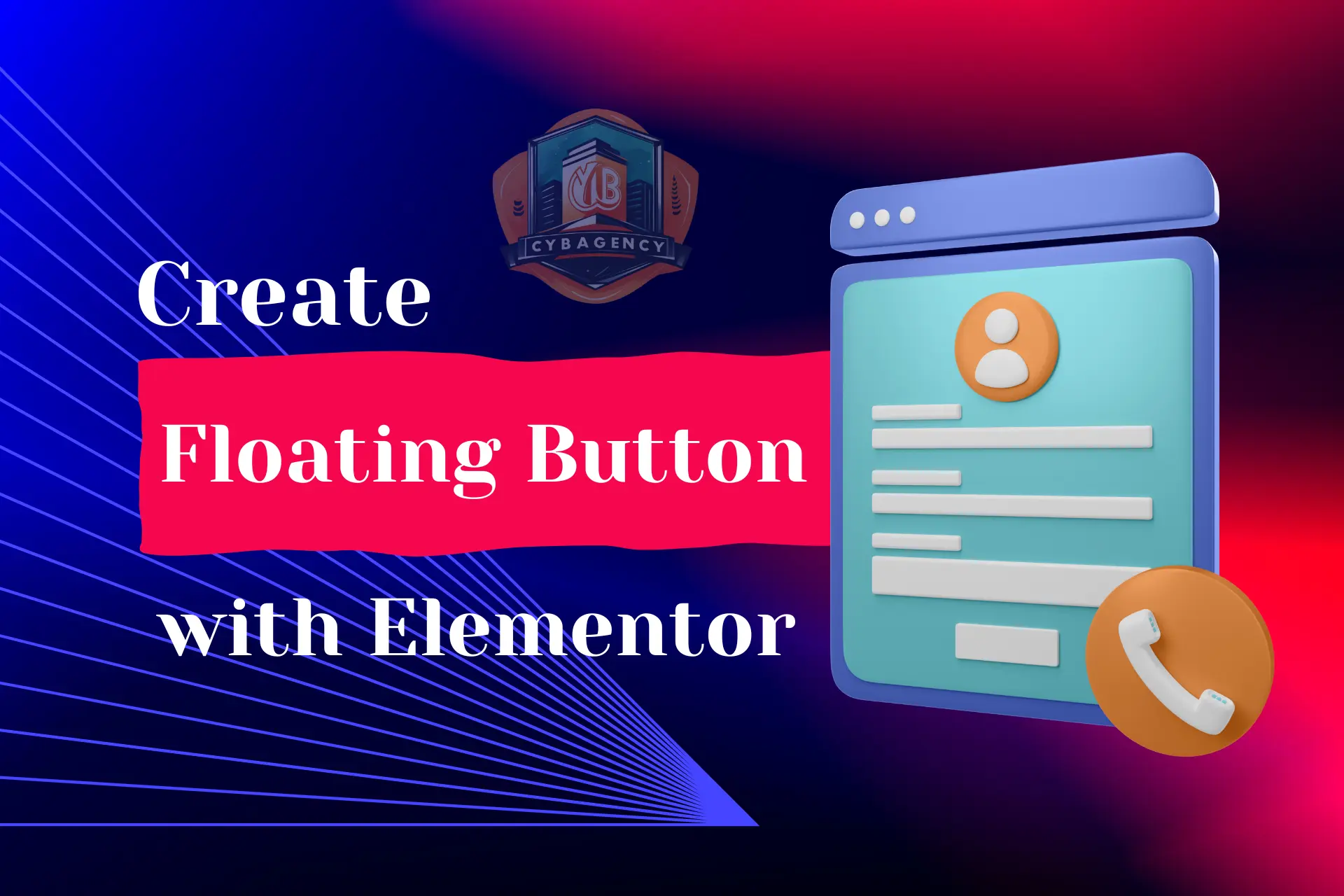How to create a floating button using elementor
Introduction
In today’s web design, floating buttons have become a popular trend as they provide a visually appealing and functional element to websites. With Elementor, a powerful WordPress page builder, you can easily create a floating button that stays fixed on the screen, catching the attention of your visitors. In this article, we will guide you through the process of creating a floating button using Elementor, step-by-step.
Step 1: Install Elementor
Before we dive into creating a floating button, make sure you have Elementor installed and activated on your WordPress site. If you haven’t done so already, head over to the WordPress Dashboard, navigate to “Plugins,” click on “Add New,” and search for “Elementor.” Once you find it, click on “Install” and then “Activate.”
Step 2: Create or Edit a Page
Now that Elementor is up and running, go to the page where you want to add the floating button. You can choose an existing page or create a new one by going to the WordPress Dashboard, clicking on “Pages,” and selecting “Add New.”
Step 3: Add a Button Widget
Once you’re in the page editor, look for the “Edit with Elementor” button and give it a click. This action will take you to the Elementor editor interface. From there, you can add a Button widget to your page by locating the “Add Widget” button and searching for “Button” in the widget library. Drag and drop the Button widget to the desired location on your page.
Step 4: Customize the Button
With the Button widget added to your page, it’s time to customize it to suit your website’s style and purpose. Start by clicking on the button to select it. In the left sidebar, you’ll find an array of options to modify the button’s text, link, style, size, and alignment. Take your time to experiment with different choices until you achieve the desired look and feel.
Step 5: Make the Button Float
To make the button float and stay fixed on the screen, Elementor provides a built-in “Sticky” feature. With this feature enabled, your button will remain visible to visitors even as they scroll through your page. In the left sidebar, select the “Advanced” tab, and you will find the “Motion Effects” section. Enable the “Sticky” option.


Step 6: Configure Sticky Settings
After enabling the “Sticky” option, additional settings will become available for fine-tuning the floating behavior of your button. Customize these settings based on your preferences:
Step 7: Preview and Publish
Before publishing your changes to the live site, it’s always a good idea to preview your page to ensure that the floating button behaves as intended. Click the “Preview” button in the bottom left corner of the Elementor editor to see how it appears and acts when visitors scroll. If everything looks good, click “Publish” to make your changes live for the world to see.
Summary:
By following these step-by-step instructions, you can easily create an eye-catching floating button using Elementor. From the initial installation and activation of Elementor to the customization of the button widget’s appearance and enabling the sticky feature, Elementor proves to be a powerful tool for adding modern and functional elements to your website. Experiment with different designs and positions to find what suits your site best, and enjoy the benefits of a floating button that guides your visitors’ attention and encourages them to take action.







